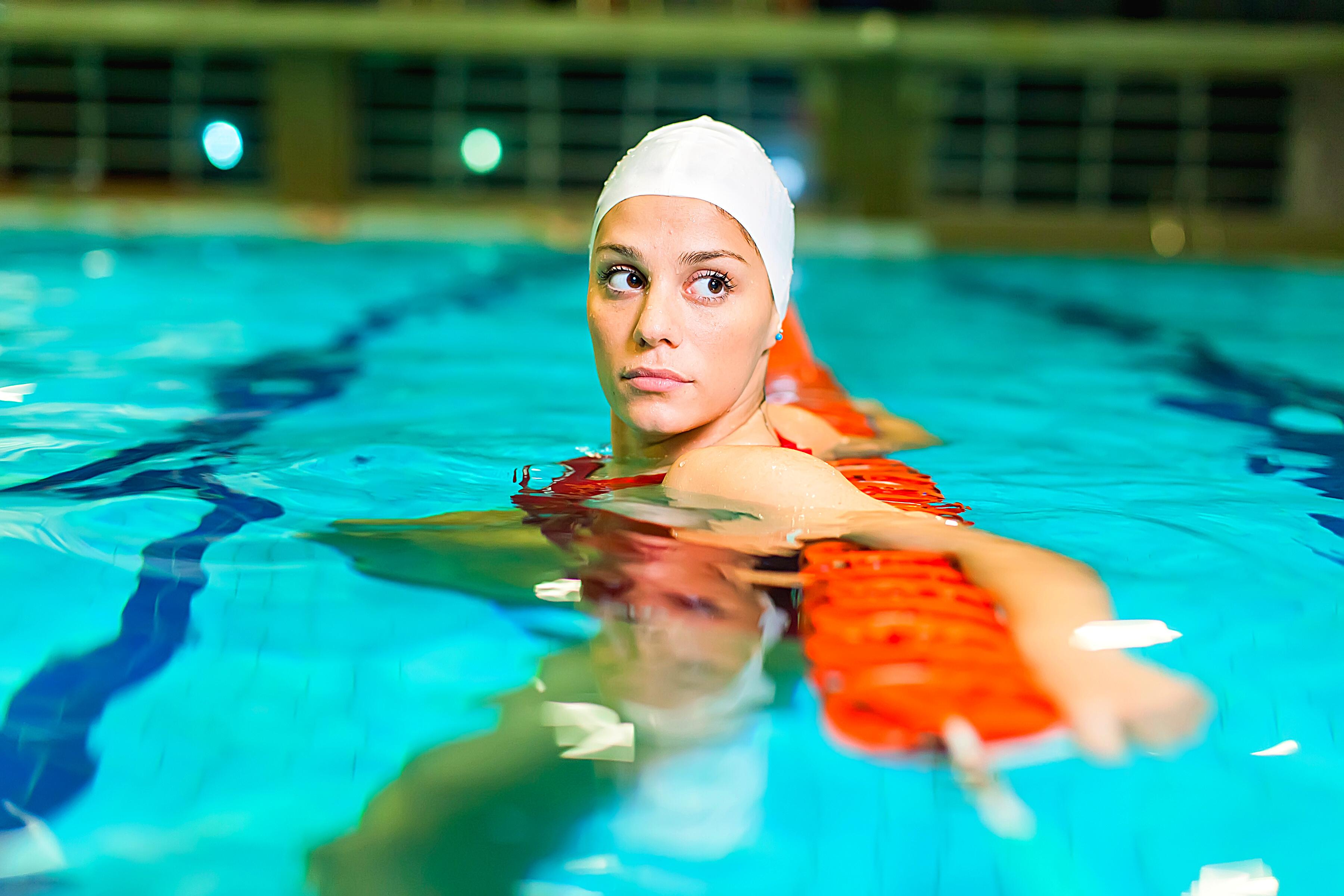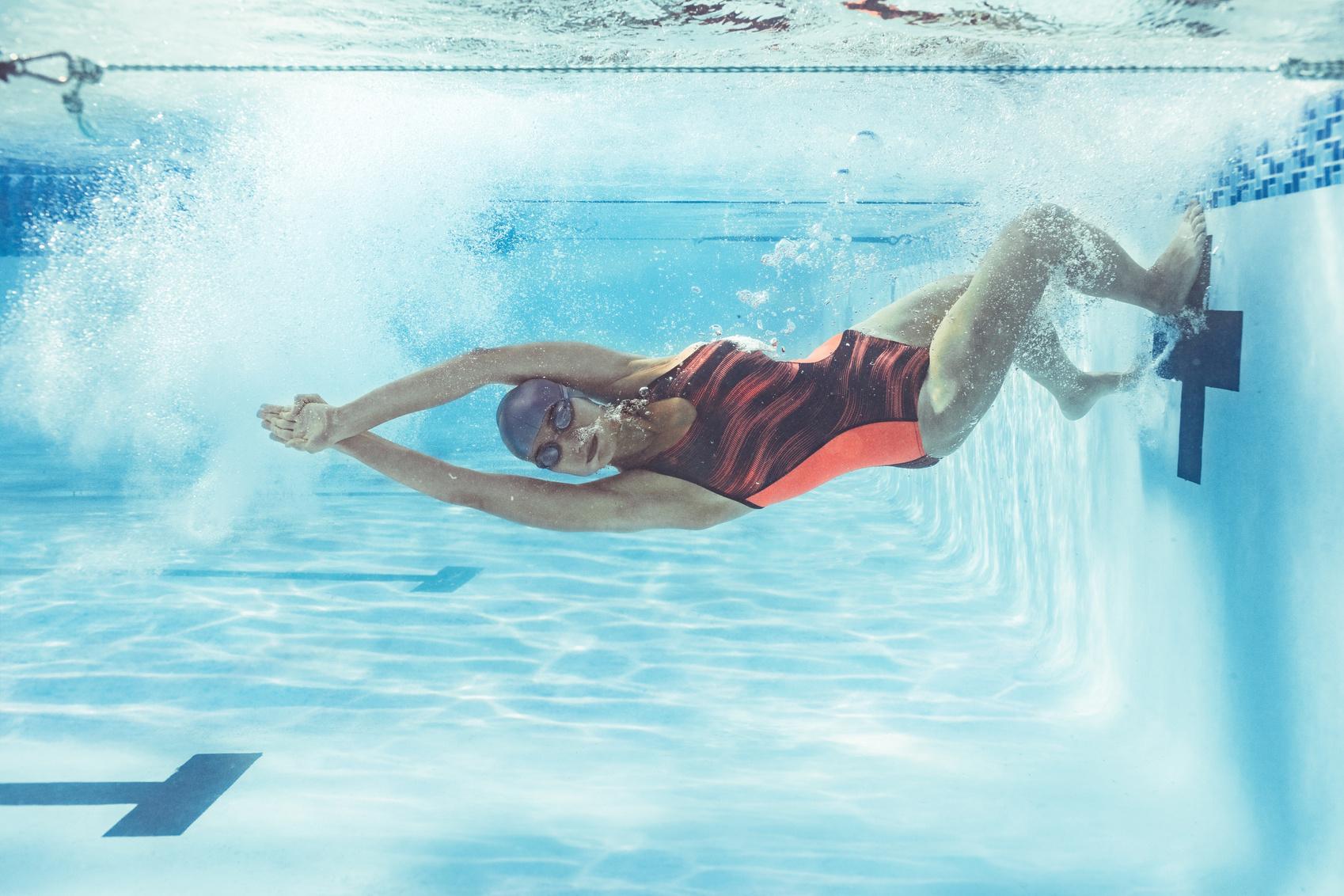
3 minute read
F o r c a s t F i t n e s s
from PoolWorks Magazine

Australia Fitness Passport Sticker

UK Fitness Passport Sticker
Advertisement

Army Fitness Passport Sticker

Navy Seals Passport Sticker

China Fitness Passport Sticker
I was reading an article I found on the International Life Saving Federation ’ s website that states “Experts in the field of lifeguard training and rescue believe that lifeguards need to be able to demonstrate a reasonable level of fitness. It is presumed that lifeguards would have sound swimming and water rescue skills ” This probably seems like such an obvious statement to many of us. I have been in the industry for many years, and it has only been in the last 5 years that I have started talking fitness to anyone who will listen. When you mix in a pandemic with these growing concern about lifeguard fitness levels and I start to question if we have a perfect storm brewing??? Through the pandemic we have been teaching lifeguard and WSI courses, at my facility and because of this I have witnessed firsthand the effects not swimming regularly have had on our often-young staff and candidates.
With facilities being shut down and pool schedules being consumed with patrons fighting to get in, it seems lifeguard training and fitness are at the bottom of the priority list. However, this may be the time when fitness is more important than ever. Unfortunately, many of our staff they may not be able to access the pool like they used, and they have also had most of their extra curricular sports halted or decreased this past year. I even have staff who are too young to meet the minimum requirements to go into our local fitness centre. How are these staff going to stay fit enough to lifeguard our facilities and patrons? Are they fit enough to perform a water rescue on someone twice their size or do CPR for over 10mins? Do our instructors still have the ability to demonstrate stroke proficiency? We need to ask ourselves, what is considered a reasonable fitness level when it comes to lifeguards?
The ILS article does provide some recommendations for swim performance testing. The recommended standard is a 400m swim in a specific time and/or 50metres in 50sec.We use these, or some version of them in every lifeguard program. They work, they are accepted, and they are boring. Let’ s face it, they are repetitive and feel like a lot of work… especially that endurance swim, Augh. I don ’t pretend to know what the future holds for lifeguards and swimming instructors but from where I stand, they need support, encouragement, and motivation. If they are anything like me, trying to improve their fitness, they need to be pushed.. Perhaps that push comes from a buddy, a friendly competition, or a unique workout that doesn ’t even feel like work, but it does need to be less about having to do something and more about wanting to do it. In Estevan, we set out to try and take the repetitive fitness skills we so often do in aquatics and jazz them up a bit. Our newest way to make fitness fun has been to take a journey around the world challenging staff to perform lifeguard skills from a different country or sometimes even different organizations. We have tried lifeguard skills from South Africa, Dubai and China, just to name a few places. We have also tested our fitness by trying out skills from the Navy Seals and the Army. Each month, we post a new challenge, and each challenge has its own unique sticker which the lifeguard receives when they successful complete the challenge. Sometimes they find success and honestly sometimes they do not, but they are having fun challenging themselves to try something different while working on their fitness. What more could I ask for?

Try this out!

600m Swim Workout
100m(4-25m lengths) Frontcrawl warmup
4-25m sprints odds-frontcrawl, even-backcrawl
50m (2-25m) flutterkick
4-25m sprints odd-breastroke, even-choice
50m (2-25m) dolphin kick on back
2x50m brick tow. (try at least 10lbs)
100m Cool Down (choice)



